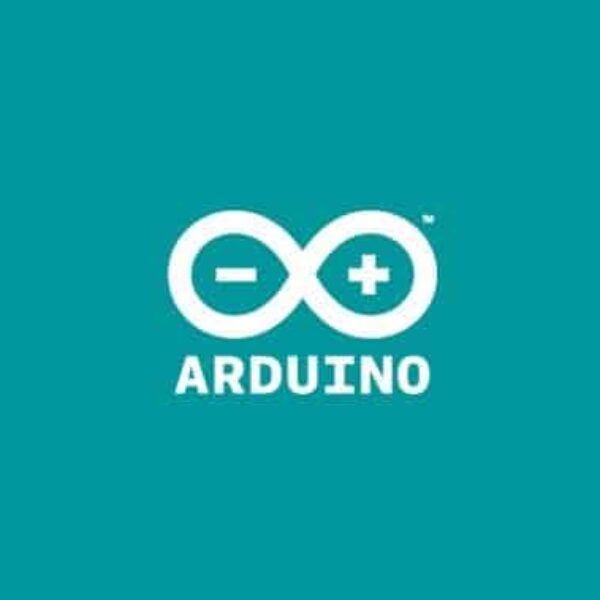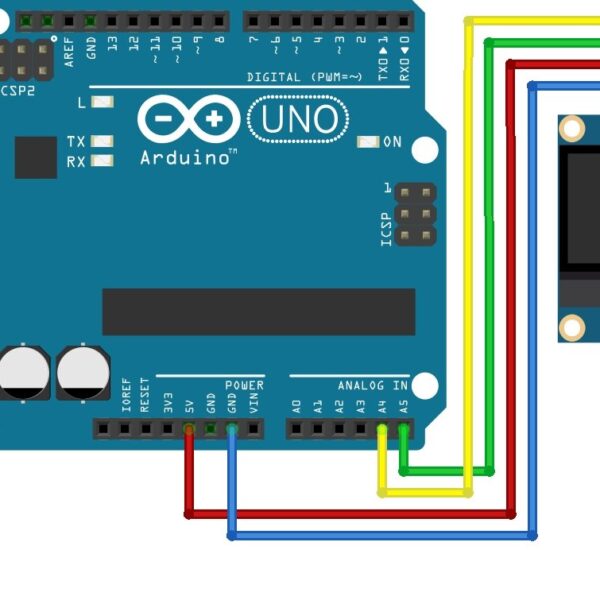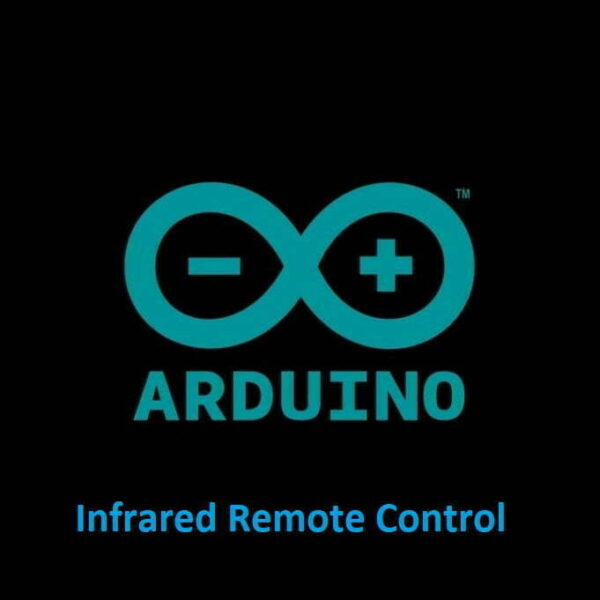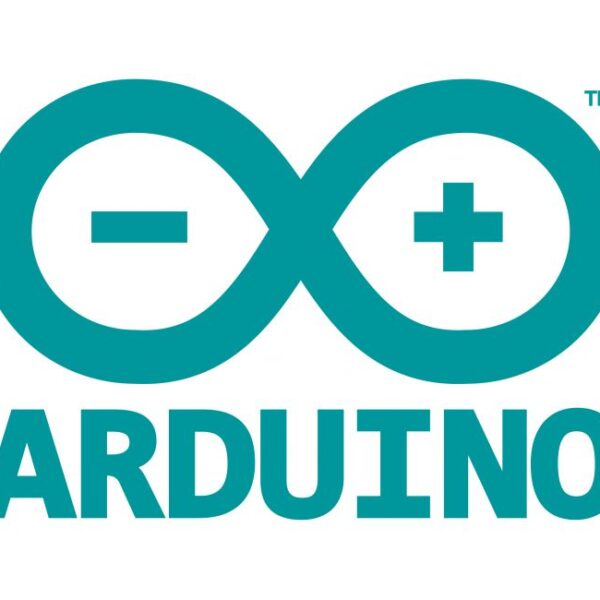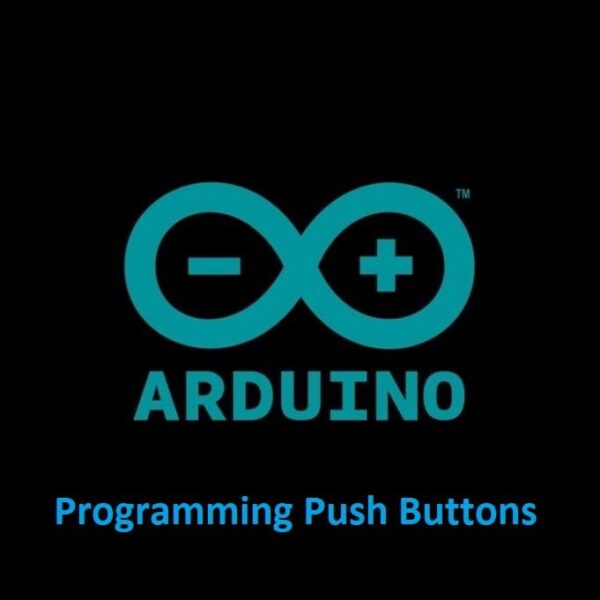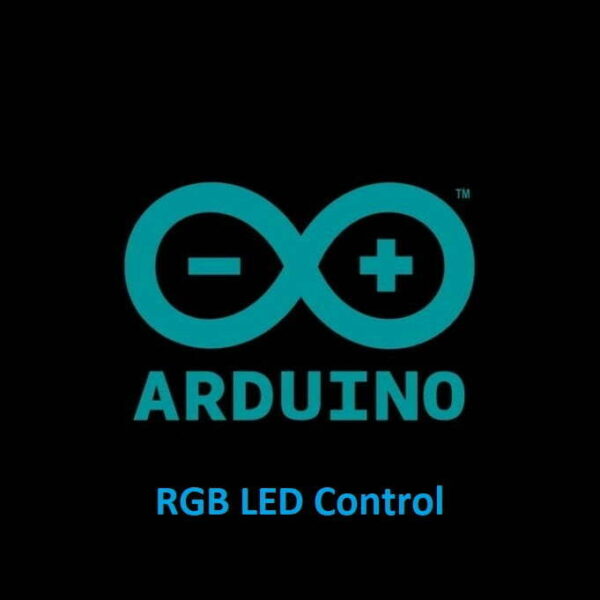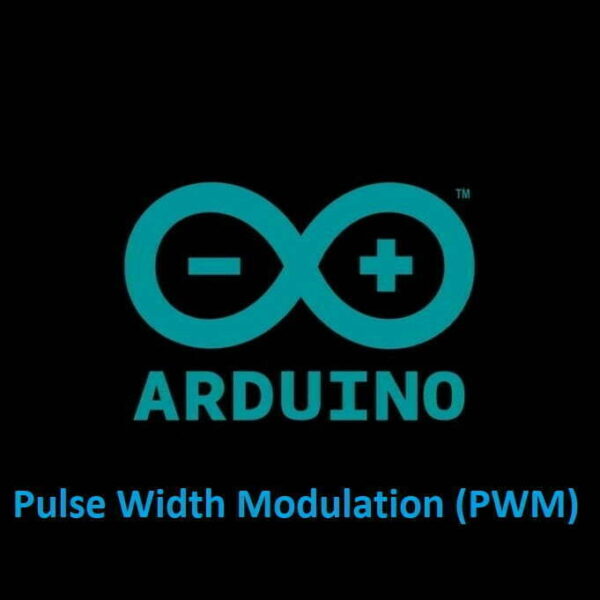The SD Card Module for Arduino Projects
What is an SD Card Module? An SD (Secure Digital) card module, also known as an SD card reader or SD card interface, is a hardware component that allows you to interface an SD card with a microcontroller or other embedded systems like Arduino. Here's some information about the SD card module:Purpose: The primary purpose of an SD card module is to enable data storage and retrieval on SD memory cards. SD cards are commonly used for data storage in various…
